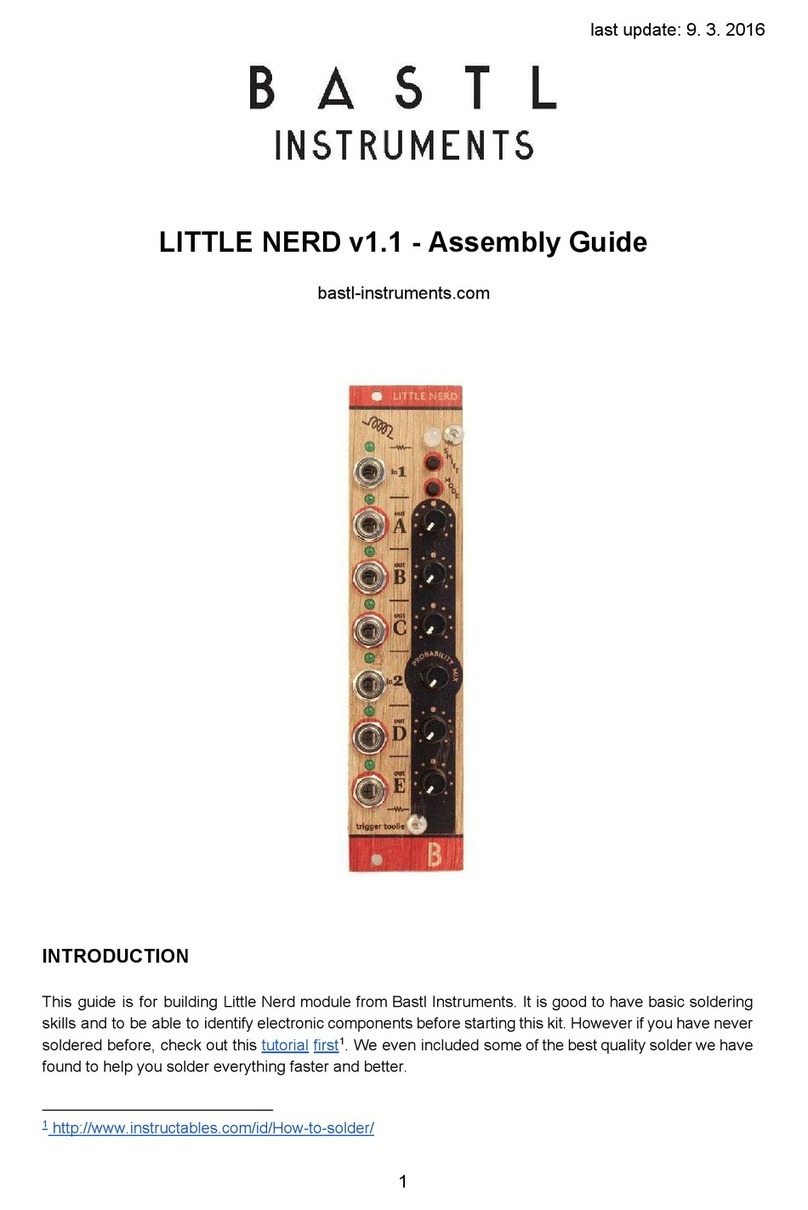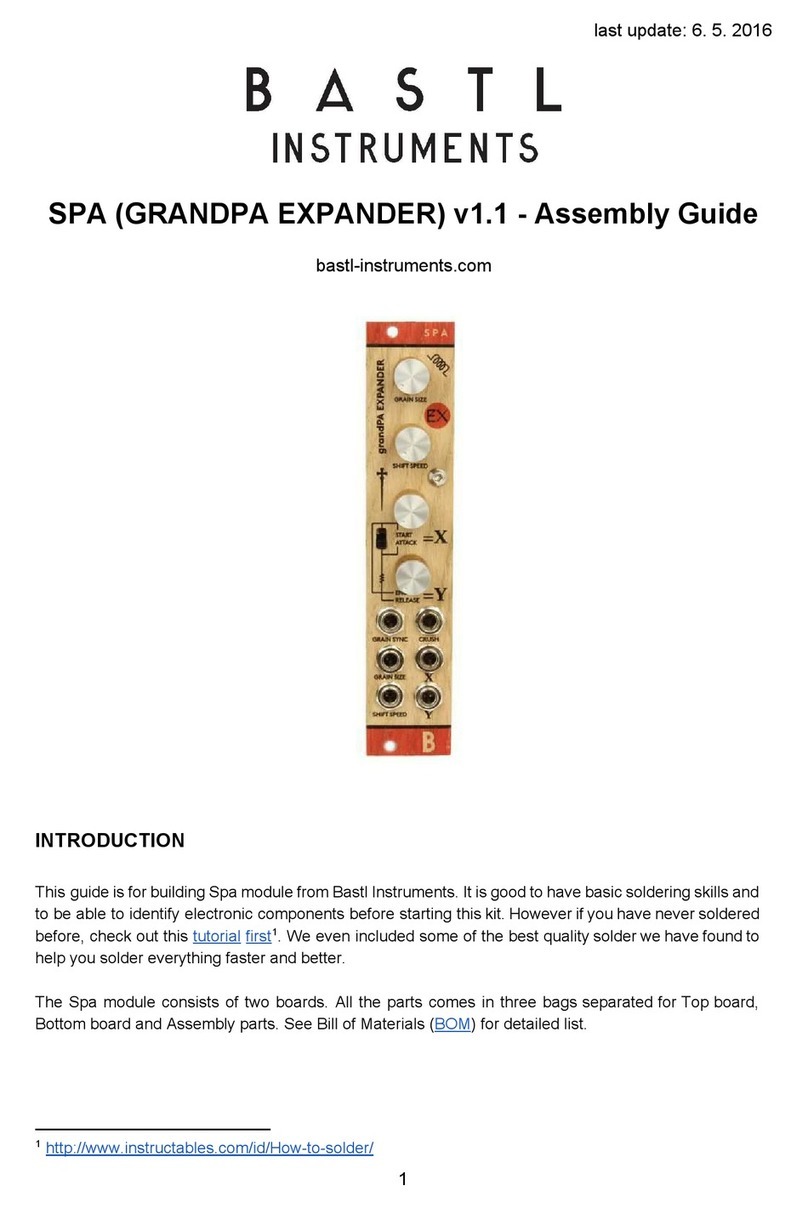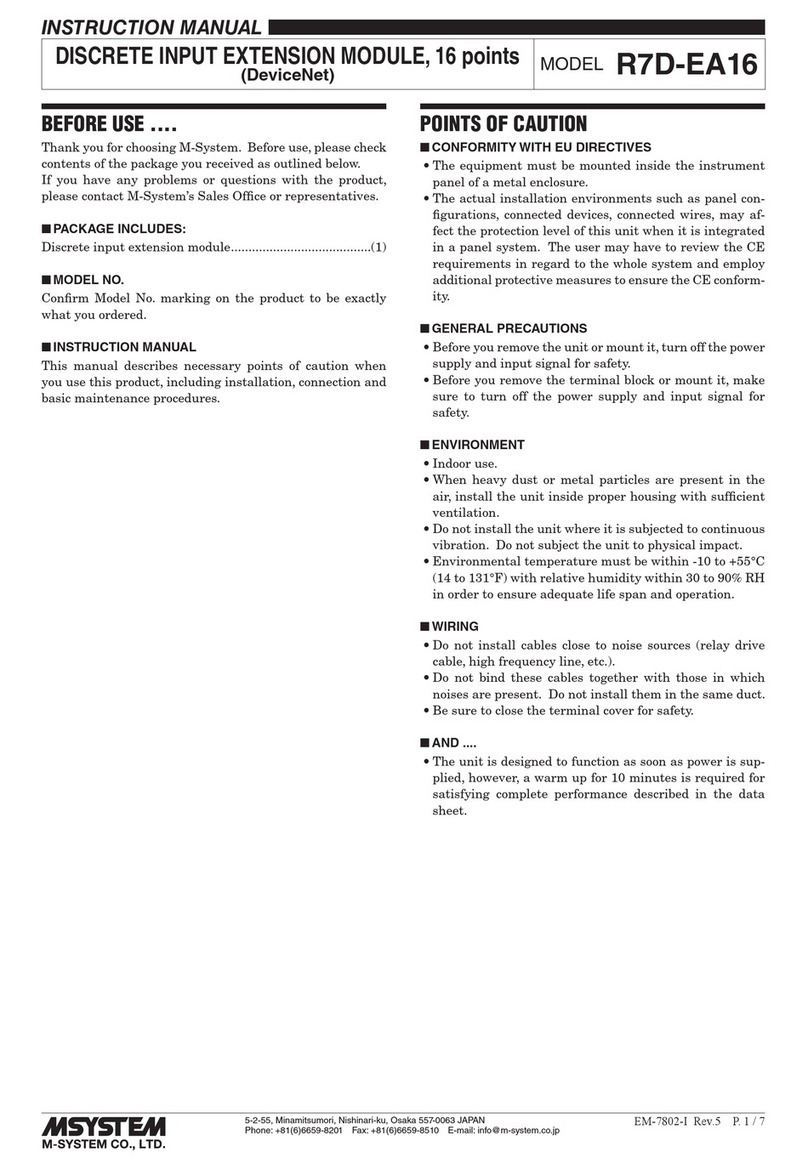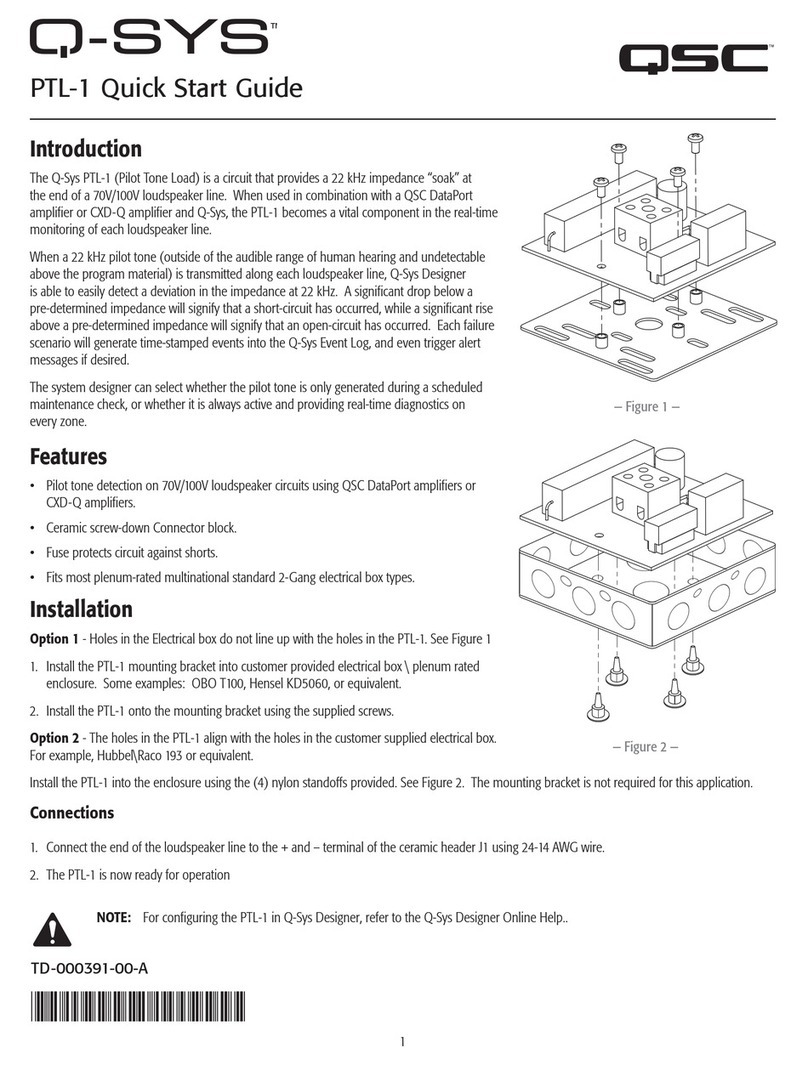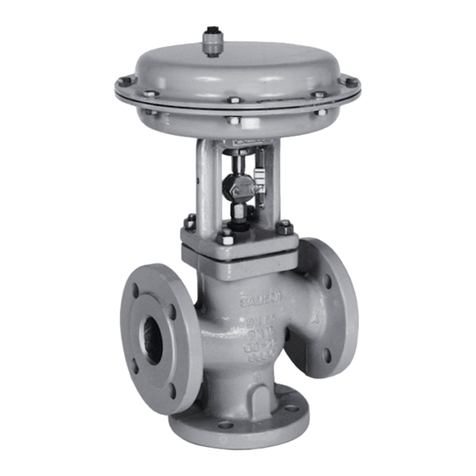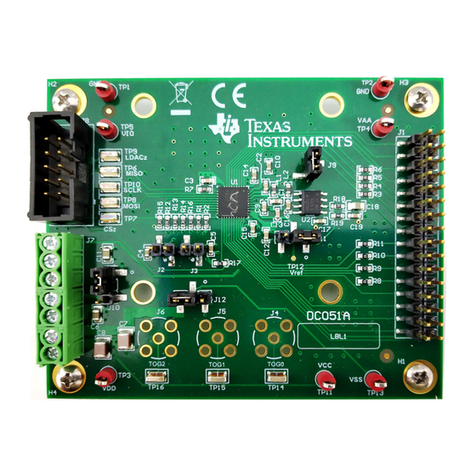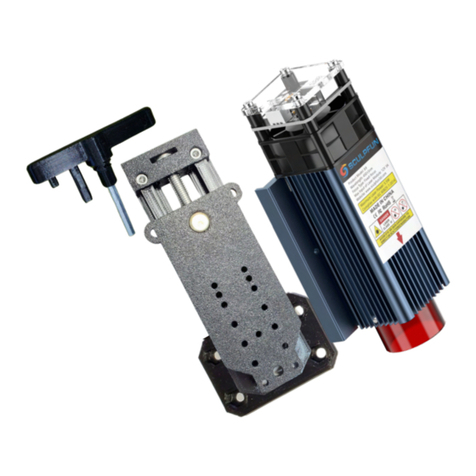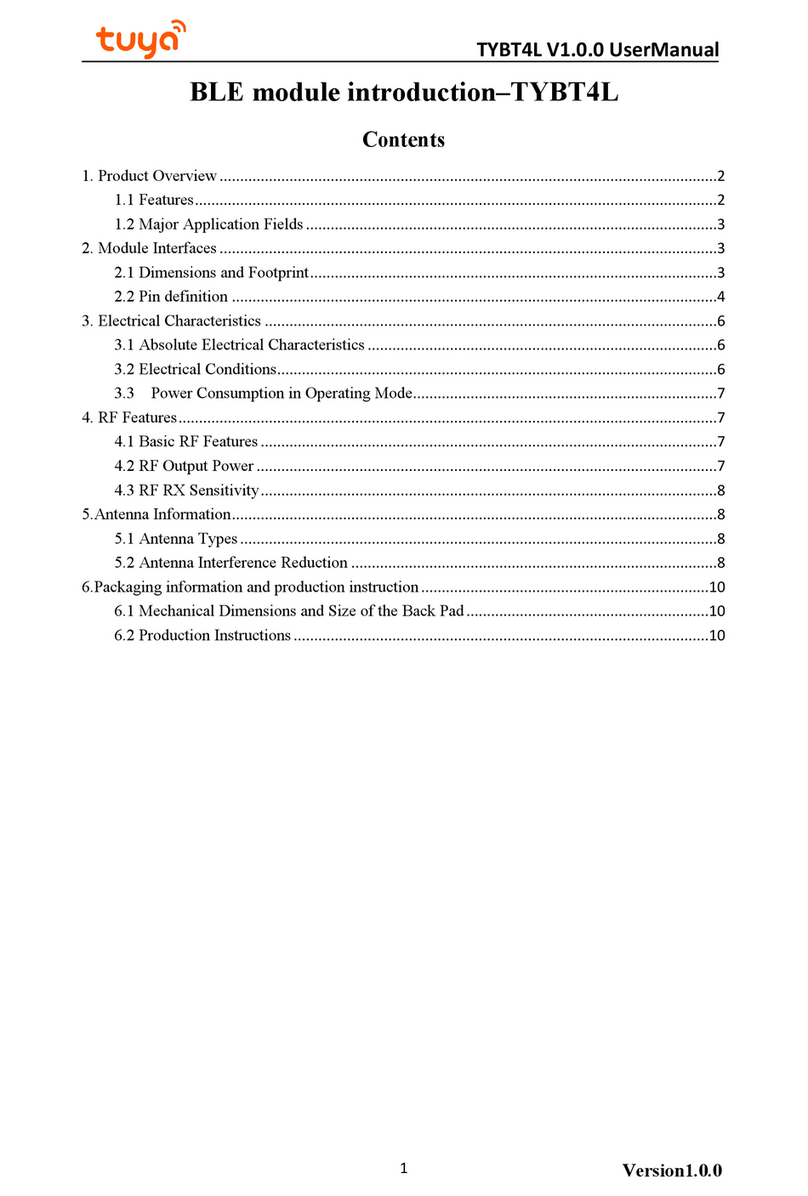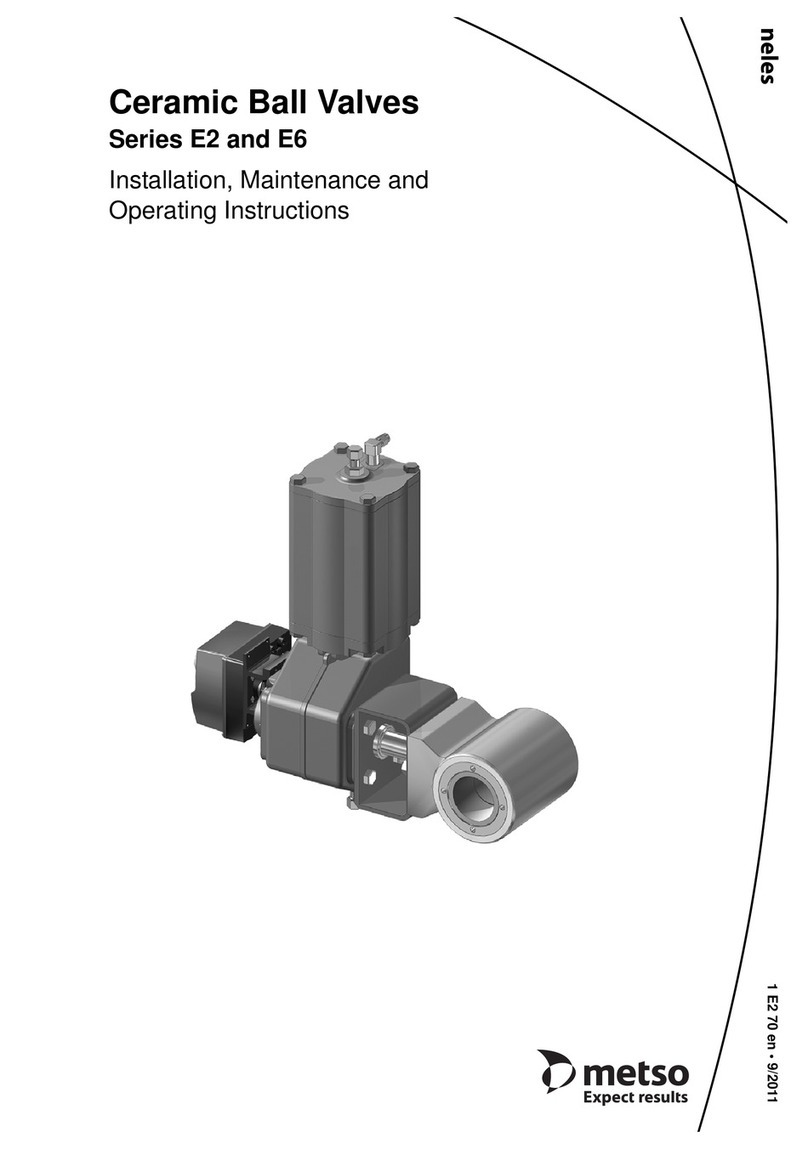Bastl Instruments NOISE 2 User manual

lastupdate:14.3.2016
NOISE2v1.1AssemblyGuide
bastlinstruments.com
INTRODUCTION
This guide is for building Noise2module from Bastl Instruments. It is good to have basic soldering skills
and to be able to identify electronic components before starting this kit. However if you have never
soldered before, check out this tutorial first . We even included some of the best quality solder to help
1
yousoldereverythingfasterandbetter.
1http://www.instructables.com/id/Howtosolder/
1

The Noise2module consists of two boards. All the parts comes in three bags separated for Bottom
board,TopboardandAssemblyparts.SeeBillofMaterials(BOM)fordetailedlist.
Beforestartingthiskit,preparethefollowingtools:
● Solderingiron(1520W)
● Multimeter
● Flushcutters
● n2.hexscrewdriverorallenkey(enclosedwithkit)
● Phillipsscrewdriver(cross)
● WrenchNo.8
● Protectiveeyewear
We suggest that you work in a clean and a well lit and ventilated environment to avoid accidents or
losinganyofthesmallcomponents.
Alsobrieflygothroughthisguideandmakesurethatyouunderstandallthesteps.
BOTTOMBOARD
Let’s start with the bottom board. Before you start soldering, take your time and find all the resistors
valuesusingamultimeter (oryoucancheckthecolorcodesifyouareseasonedenough).
2
Now insert and solder 26 resistors (13x 100k, 7x 1k, 2x 22k, 1x 270k, 1x 47k, 2x 470k). Then snip the
leads as close to the PCB as you can (be sure to make this step on all remaining leads in the course of
2https://learn.sparkfun.com/tutorials/howtouseamultimeter/measuringresistance
2

this guide). Then do the same with the two 1N4007 diodes.Be careful, diodes are polarized! Make
surethatthemarkingringonthediodebodymatchesthemarkingonthecircuitboard.
Next solder the 7805 voltage regulator. Bend its
legs as close to the body as possible, at a right
angle to make sure that it lies flat on the circuit
board.
Then solder three IC sockets (1x 8 pin, 1x 14 pin, 1x 28 pin). Make sure that the notch on the socket
matchestheprintontheboard.
Now let’s do the capacitors. There are seven 100nF (marked 104), three 10nF (103), one 1nF (102)
and one 47nF. They might be in ceramic or polyester film package. These parts are not polarized so
don’tworry.
3

Nextsolderin:
Five 10μF electrolytic capacitors
(watch out, these ones are polarized!
There is a plus (+) sign on the PCB that
should match the longer lead of the
capacitor)
One 2N3904 transistor (flat side
of transistor must match the outline drawn
onthePCB!),
One 20MHz resonator (the
orange component with 3 leads, the
marking on board is actually wrongly signed
“16MHz”),
Two fuses (marked “PTC” on
board; be careful, they look quite similiar
tocapacitors).
Now insert ICs into sockets (1x Atmega, 1x TL074 and 1x TL072). Watch out for orientation! There is
a notch on Atmega and TL074 that should match with the notch on the sockets. For TL072 is relevant
thedotonit.
4

Turn around the PCB and prepare
pinheaders with your flush cutters if
it is necessary. You need one 1x6
pin and one 2x5 pin male. Be
careful to solder the pinheaders
straight! You may first solder the
middle pin, then take the board in
your hand and reheat that pin while
pressing down on the header to align
it. Wait for it to cool and solder the
restofthepins.
As you can see one female
pinheader left. Use your flush cutters
to get two 1x8 headers (you will
always lose one pin when cutting the
female headers, so be sure to cut it
always after the last required pin
check the picture to see where to cut
to get 8 pin). Then keep them as you
willusetheminthelaterstep.
Now you can install the small nut and
screwonthevoltageregulator.
TOPBOARD
Now populate the top. Again start with the four remaining resistors (100k) and solder them in. Then
solder the IC socket (1x 8 pin) and the 100nF capacitor. Make sure that the notch on the socket
matchestheprintontheboard.
5

You need two 1x8 male pinheaders now. Cut them with your flush cutters. Now to ensure that the
headersareproperlyaligned,screwthe11mmspaceronthebottomboard.
Place the female headers on the bottom board with the male pins inserted.Connect the boards
togetherandmountthemwiththeotherspacer.Nowyoucansoldertheheadersonbothboards.
AfterthisplacetheIC(MCP6002)intothesocket(thesocketnotchshouldmatchtheICnotch).
6

Unscrew the top spacer and disconnect the two boards. Next place the three potentiometers (B100k)
to their respected places on the top board. Push them well until they sit absolutely flat on the board.
Thenplacethemonojacksandtheswitchontheboard.Don’tsolderanythingyet.
Place the spacer back in the opening. Take the front panel, screw and mount it with the board. Check
that all the components came through. Secure the jacks to the panel with the washers and the nuts
(keepinmindnottotightenthejacknutstoomuchasyoumaydamagethepanel!).
Push the switches to be sure that they come
through the panel. Make sure that everything is
properly aligned. Now you are finally ready to
solderallthesecomponents.
7

Congratulations! You have made it through, now just connect the bottom board, add the knobs and you
arereadytoenjoyyournewmodule!
Before you connect anything, make sure that your system is disconnected from power. Also double
check the polarity of the ribbon cable, the red cable should match the 12V rail both on the module and
onthebusboard!
TROUBLESHOOTING
FirstcheckouttheDIYF.A.Q.
Ifyouarehavingsomemoretrouble,thebestthingistotakeanap!Especiallylateatnight!
If you are still in trouble you can send the detailed description of the problem with enclosed
highresolutionphotosondiy@bastlinstruments.com.
If you think that you are unable to make the module work on your own, consider our “Come to Daddy”
service.
8
Table of contents
Other Bastl Instruments Control Unit manuals
Popular Control Unit manuals by other brands
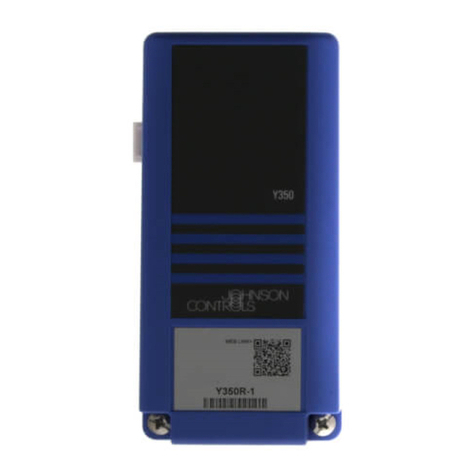
Johnson Controls
Johnson Controls System 350 Y350R Technical bulletin
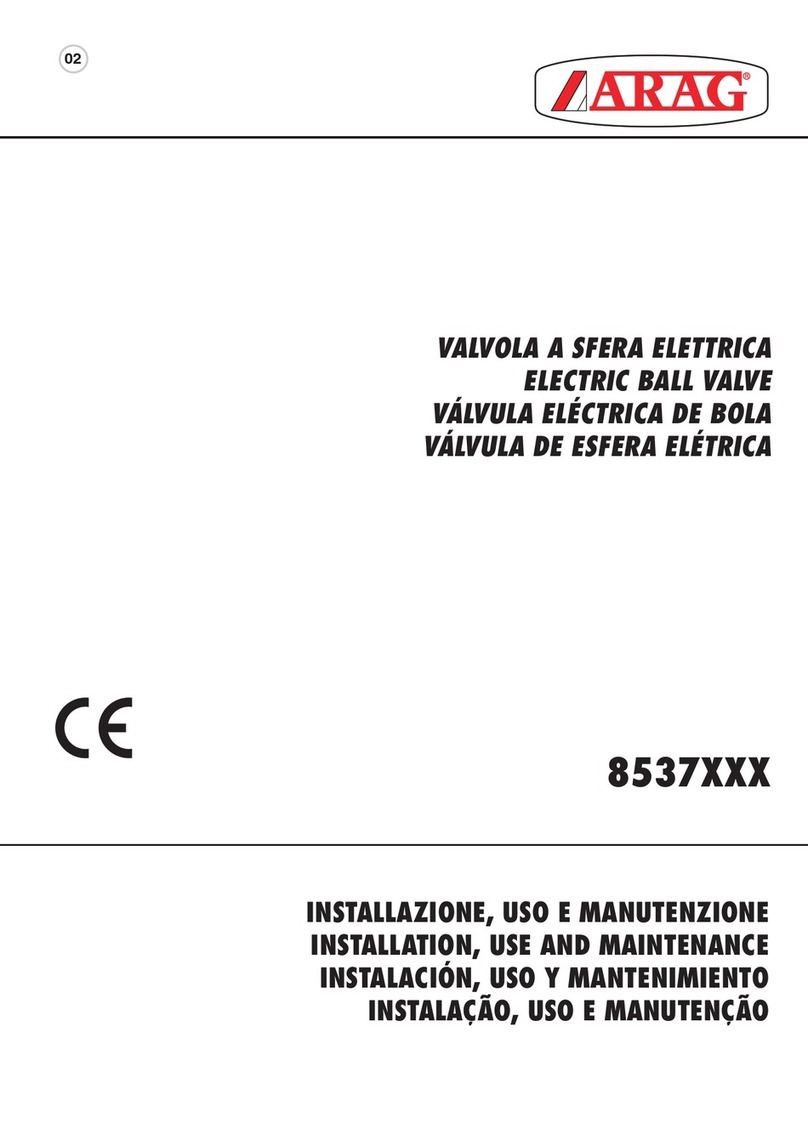
ARAG
ARAG 8537 Series Installation, use and maintenance
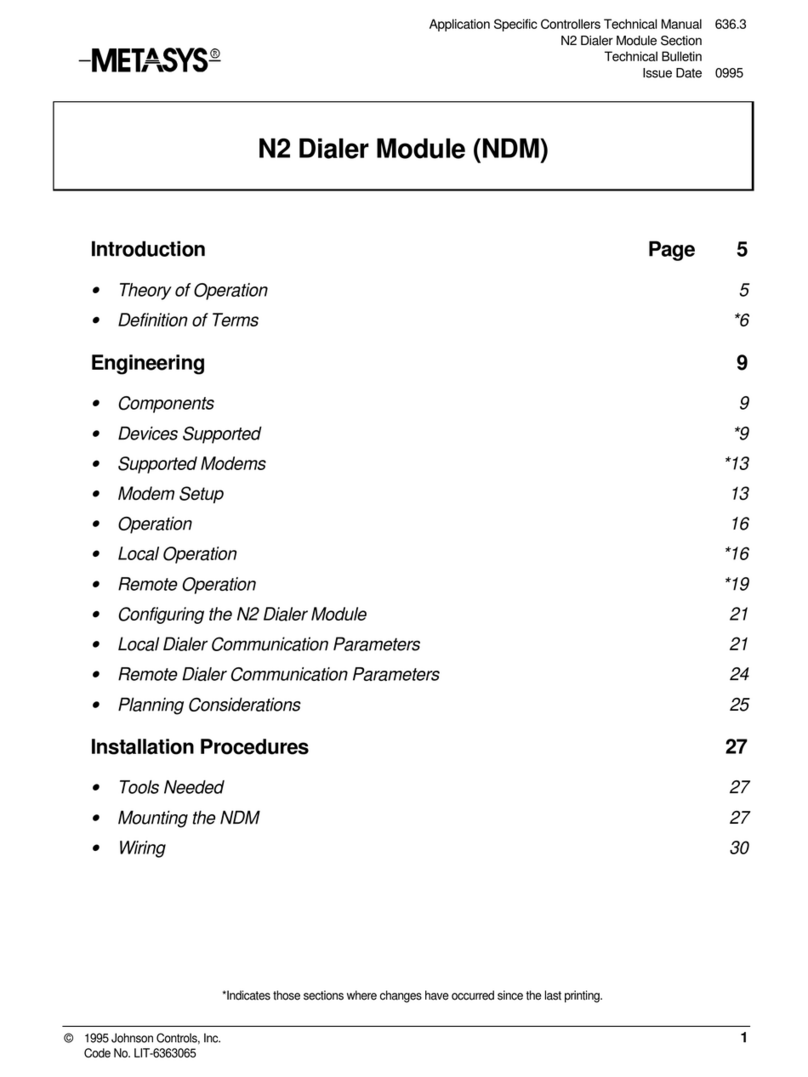
Metasys
Metasys N2 Technical manual
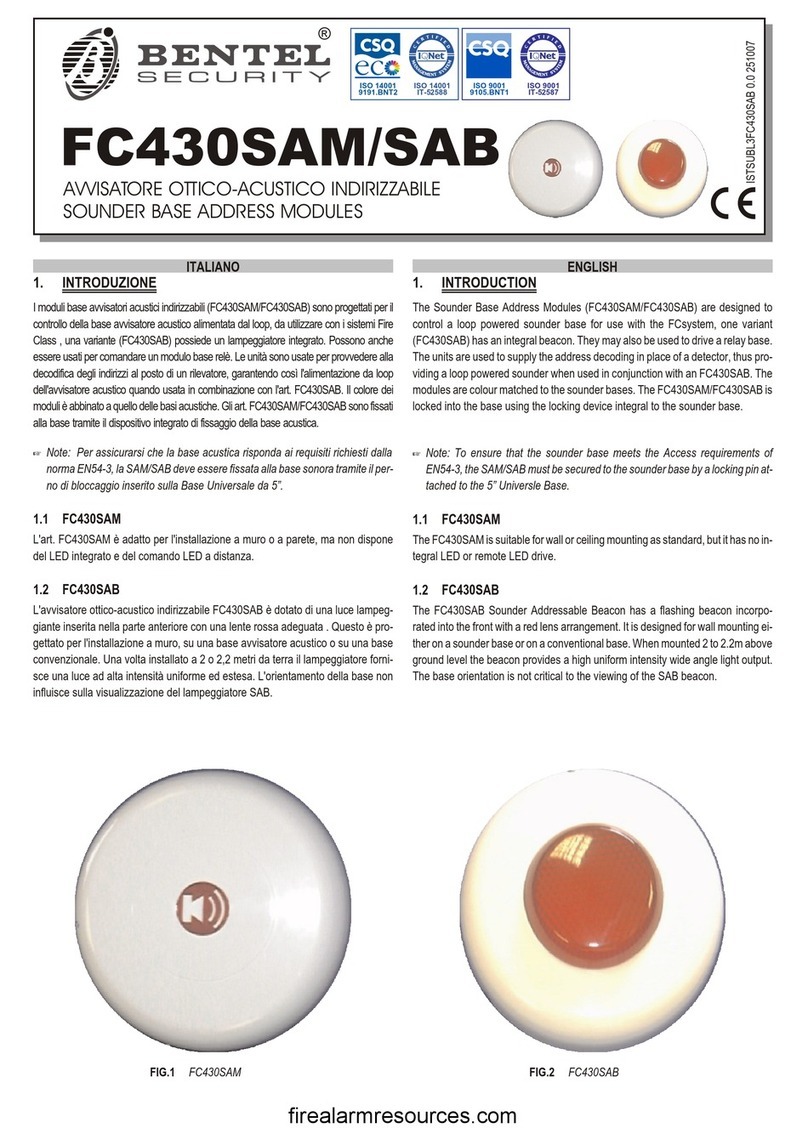
Bentel Security
Bentel Security FC430SAM quick start guide
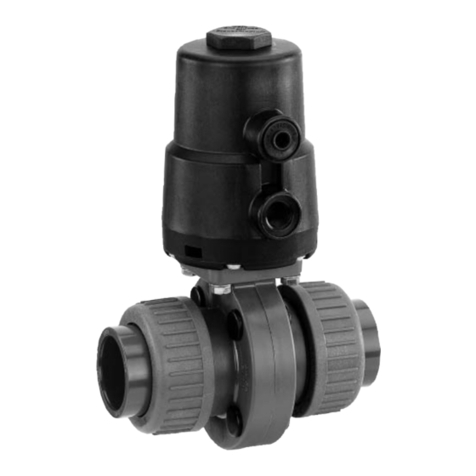
GEM
GEM 410 Installation, operating and maintenance instructions
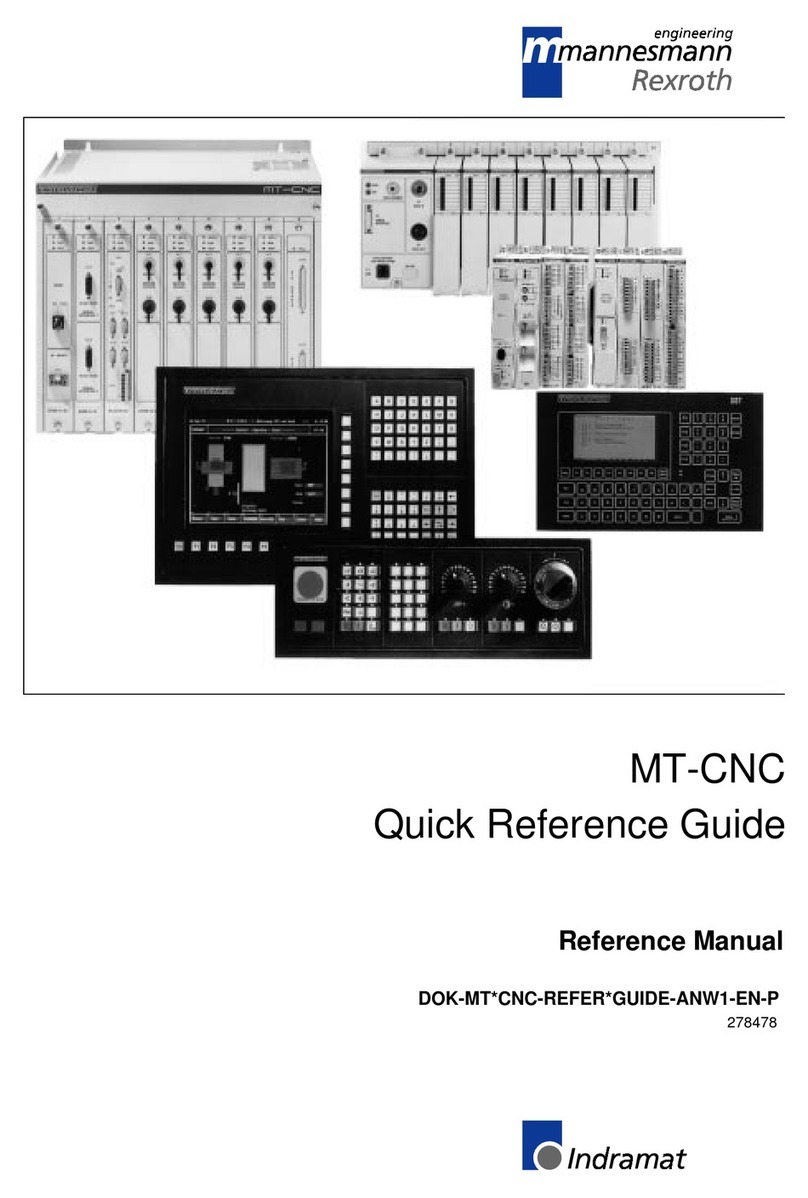
Mannesmann
Mannesmann MT-CNC Quick reference guide
